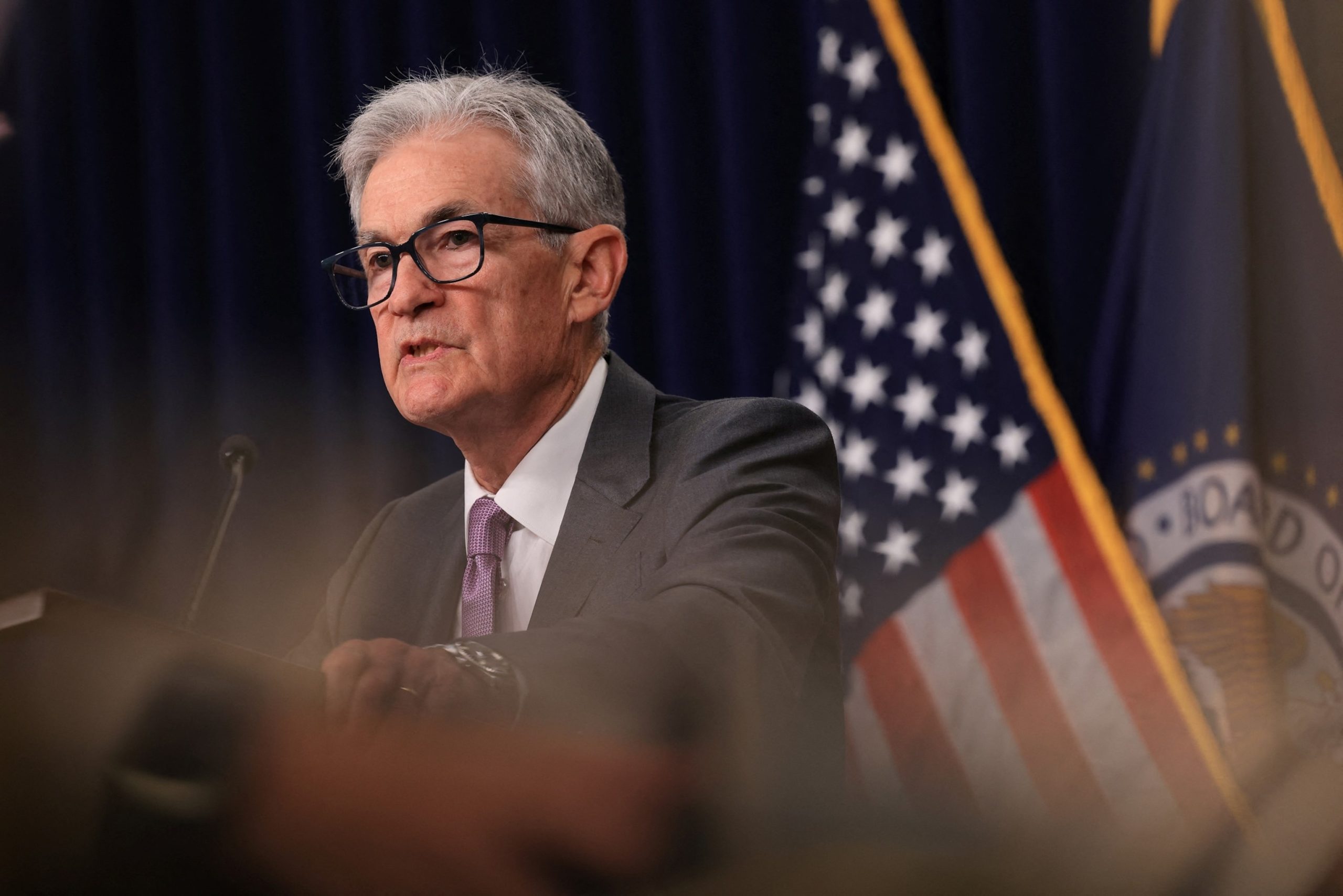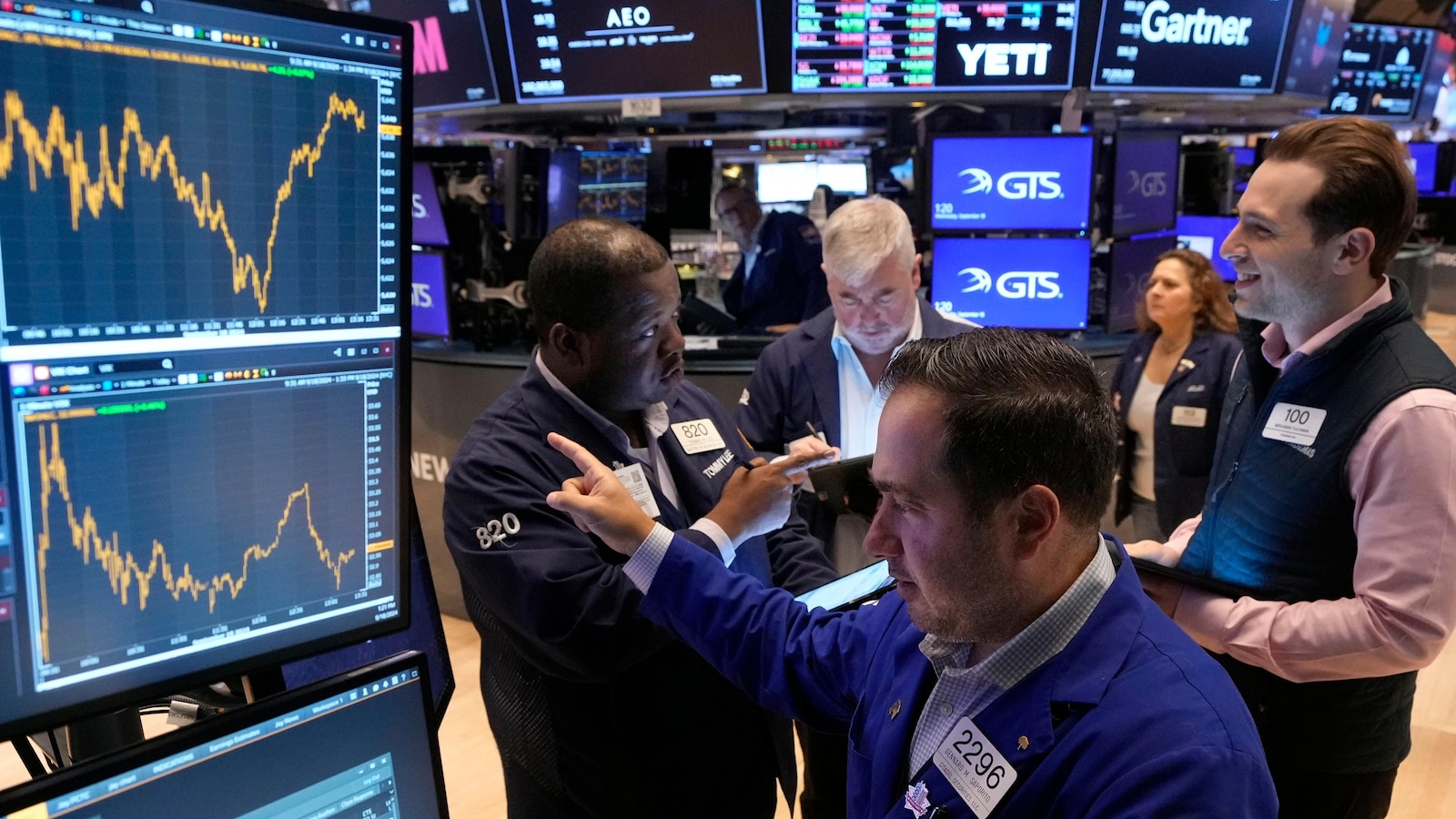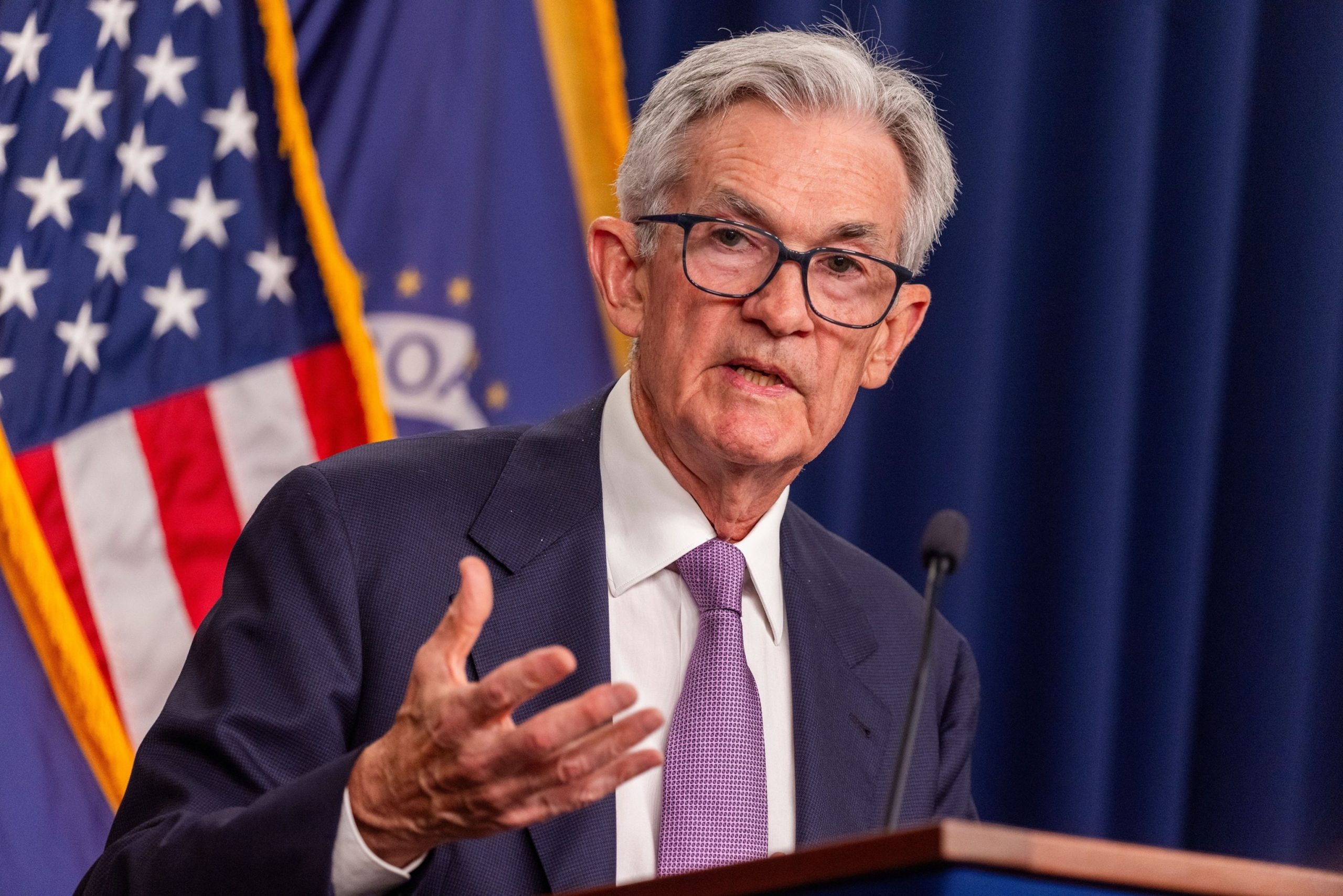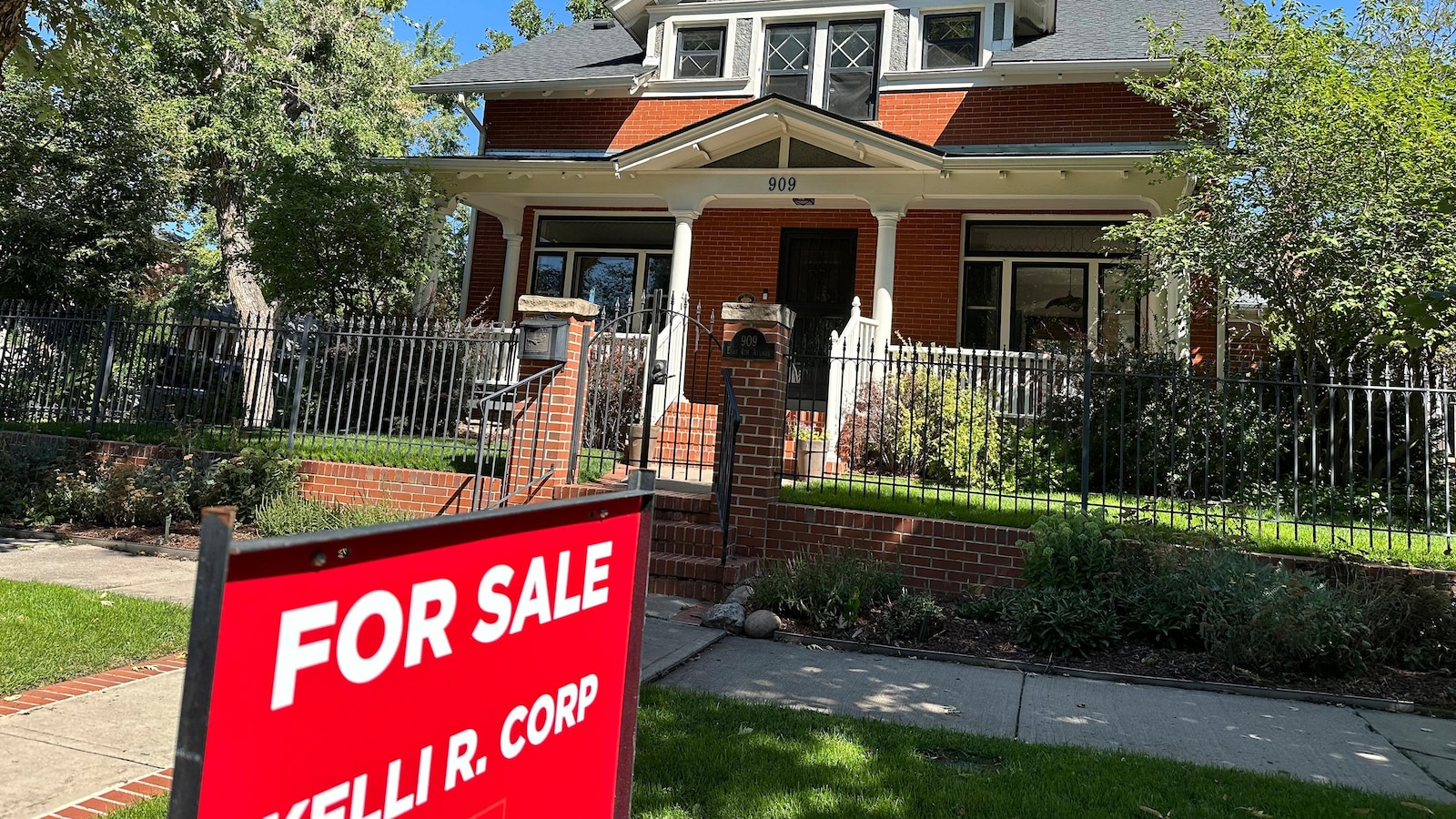Volatility overtook the stock market last week, amplifying worries about a possible recession and stoking panic among investors.
By the end of the week, however, the markets had almost fully recovered. Days after suffering its worst trading day since 2022, the S&P 500 rallied for its best trading session dating back to that same year. For the week, the S&P 500 ended nearly flat, inching downward 0.05%.
The rapid recovery is owed to a realization among traders that risk of an impending recession, as well as damage from a selloff on the Japanese stock market, had likely been overstated, experts told ABC News. The drop-off in stock prices transitioned quickly from an alarm blaring across Wall Street, to an opportunity for traders seeking newly discounted shares, they said.
“When we panic, we lower our expectations so far that any news short of disaster feels like rain in the desert. Then, people pile back in,” Callie Cox, chief market strategist at Ritholtz Wealth Management, said in a Monday blog post about the recovery.
“When lots of investors brace for a punch – or sell their stocks – they tend to discover that the actual punch doesn’t hurt as bad,” Cox added.
The stock market downswing was set off by a disappointing jobs report earlier this month. Employers hired 114,000 workers in July, falling well short of economist expectations of 185,000 jobs. Additionally, the unemployment rate climbed to 4.3%, the highest level since October 2021.
The lackluster jobs data fueled concern about a potential recession, as well as calls for an interest rate cut.
The heightened worry about an economic cooldown coincided with interest rate hikes imposed by Japan’s central bank. Those rising rates prompted an unwinding of a so-called “carry trade” in which investors borrowed Japanese yen at low interest rates and used it to purchase assets, including U.S. stocks.
When Japan then hiked interest rates, investors sold off some of those assets and sent stock prices falling. Japan’s main Nikkei 225 stock index last Monday dropped more than 12%, its worst trading session since 1987. The following day, however, the index soared 10%, then increased slightly over the remainder of the week.
The seesaw performance of the Nikkei 225 mirrored that of U.S. stocks, Avanidhar Subrahmanyam, a professor of finance at the University of California, Los Angeles, told ABC News.
“People saw a buying opportunity and stepped in,” Subrahmanyam said, noting that markets often recover quickly from a downturn. “The entire episode was simply a panic followed by a correction.”
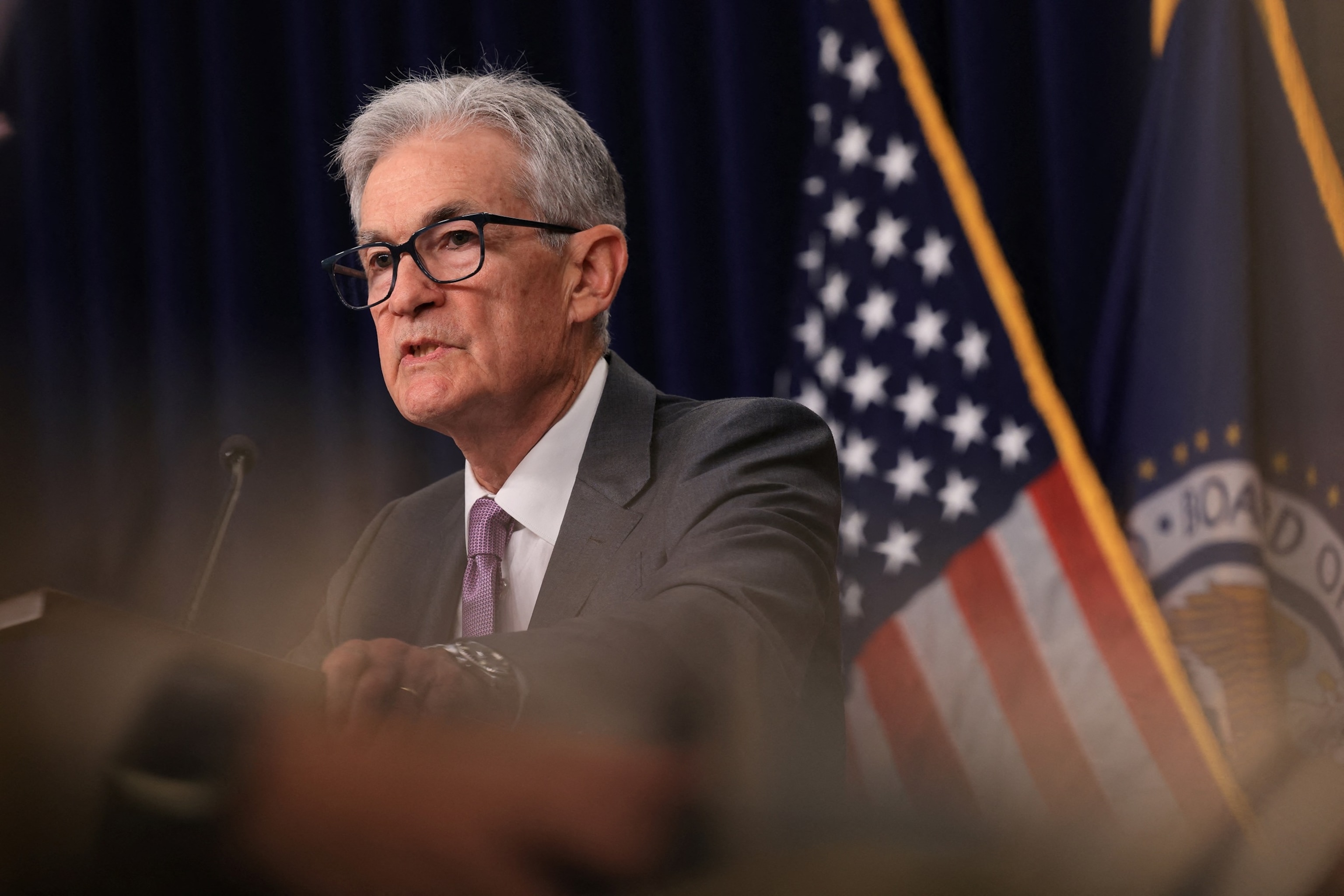
Federal Reserve Chair Jerome Powell speaks during a press conference following a two-day meeting of the Federal Open Market Committee on interest rate policy in Washington, D.C., July 31, 2024.
Kevin Mohatt/Reuters
Between 1980 and 2023, the S&P 500 posted a positive return over each calendar year 82% of the time, Wells Fargo Investment Institute told clients in a note last week. The market experienced a drop-off of at least 10% in nearly half of those years, Wells Fargo said, adding, “The data shows that a market downturn does not necessarily mean markets will perform poorly for the year.”
Prior to last week’s volatility, the stock market had displayed a banner performance in 2024. Before the weak jobs report on Aug. 2, the S&P 500 had climbed more than 14% this year.
In turn, some observers believed that stocks had become overpriced. While the prices reflected robust corporate profits, they also had soared on account of enthusiasm about artificial intelligence and optimism about the chances of an economic “soft landing,” some experts told ABC News.
The perception of overpriced stocks left the market vulnerable to a fit of bad news that could exacerbate those jitters, the experts added.
“When there’s a perception that things are overvalued, people are already nervous,” said Subrahmanyam, of the University of California, Los Angeles. “When any small precipitating factor occurs, the sellers panic.”
However, the price gains over the ensuing days suggested a view among some traders that such worries had gone too far, Jay Ritter, a professor of finance at the University of Florida, told ABC News. The rapid recovery, he added, appeared to indicate a recognition that strong stock performance this year had been fueled in part by one of the market’s most fundamental metrics: corporate profits.
“U.S. earnings have gone up so much more than the rest of the world,” Ritter told ABC News. “So the stock market has gone up a lot.”
The stock market is a volatile entity, subject to fluctuations and unpredictable shifts. One such instance of extreme volatility occurred recently when the market experienced its worst day in years. Investors were left reeling as stocks plummeted, wiping out billions of dollars in value. However, despite the initial shock and panic, the stock market has shown signs of recovery in the days following the crash.
The catalyst for the market crash was a combination of factors, including fears of rising inflation, geopolitical tensions, and concerns over the Federal Reserve’s monetary policy. These uncertainties led to a widespread sell-off, with investors rushing to offload their stocks in a bid to minimize their losses. The result was a sharp decline in stock prices across the board, with some sectors hit harder than others.
In the aftermath of the crash, analysts and experts scrambled to make sense of the situation and provide insights into what had caused the sudden downturn. Many pointed to the interconnected nature of global markets, highlighting how events in one part of the world can have far-reaching implications for others. Others cited the role of algorithmic trading and high-frequency trading as exacerbating the volatility, with automated systems exacerbating market swings.
Despite the initial panic and chaos, the stock market began to show signs of recovery in the days following the crash. Investors who had sold off their stocks at rock-bottom prices began to re-enter the market, buoyed by the prospect of buying back in at a discount. This influx of buying activity helped to stabilize stock prices and restore some semblance of normalcy to the market.
Furthermore, central banks and governments around the world took swift action to address the underlying issues that had triggered the crash. The Federal Reserve reassured investors that it would take appropriate measures to combat inflation and maintain stability in the financial markets. Similarly, other central banks announced stimulus packages and liquidity injections to support their economies and prevent a further downturn.
As a result of these efforts, confidence began to return to the market, with investors gradually regaining trust in the stability of their investments. Stock prices started to climb back up, recouping some of the losses incurred during the crash. While it may take some time for the market to fully recover and reach pre-crash levels, the signs are positive that a rebound is underway.
In conclusion, while experiencing the worst day in years was undoubtedly a jarring experience for investors, the stock market has shown resilience and begun to bounce back. The recovery process may be gradual and uneven, but with concerted efforts from central banks and governments, as well as renewed confidence from investors, there is hope that the market will eventually return to a more stable and prosperous state.
